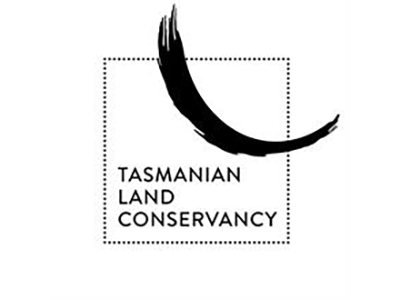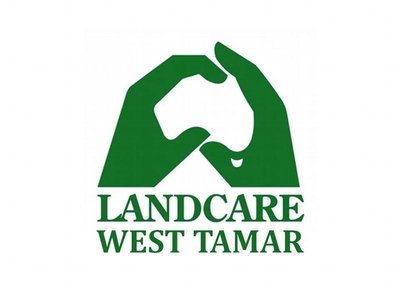Your garden refuge for eastern barred bandicoots
Eastern barred bandicoots are quite at home in Tasmania’s urban areas and townships, where well-watered gardens, parklands and grassy roadsides provide feeding grounds. Local residents can be involved in the conservation of eastern barred bandicoot and other wildlife in their own backyards, providing suitable habitats for them to forage, raise young, and seek refuge. Together we can establish a network of refuges for bandicoots and other animals by creating new, suitable habitat in our own gardens.
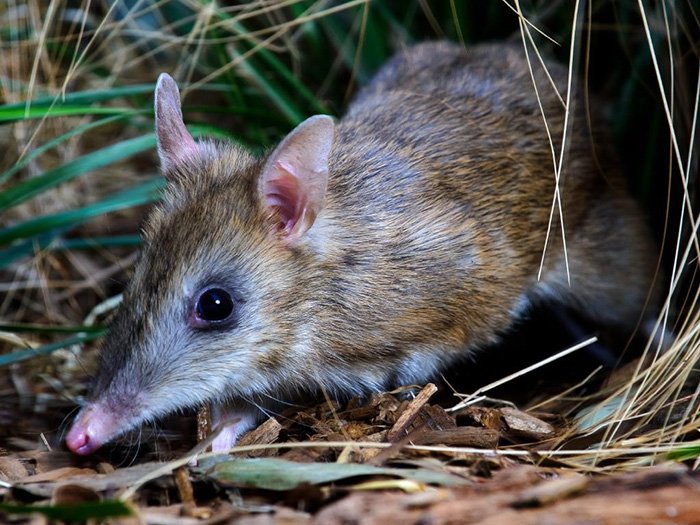
Bandicoots provide excellent natural pest control, eating large quantities of grubs, insects and spiders. Small cone-shaped (nose-shaped) holes are often found as evidence of their night-time feeding activity.
About eastern barred bandicoots
About eastern barred bandicoots
Eastern barred bandicoot (Perameles gunnii) are small, grey-brown, nocturnal Australian marsupials with several distinctive stripes across their rump.
The species has one of the shortest gestations recorded for any mammal, with the young born just 12.5 days after mating. At birth, the bandicoot is smaller than a jellybean and it attaches to a nipple inside its mother’s rear-opening pouch and grows rapidly on her rich milk. At only nine weeks old, young bandicoots leave the nest and become independent.
Eastern barred bandicoots can reproduce quite quickly in good conditions, however, the young are extremely vulnerable, with many dying from predation or disease. When seasonal conditions are favourable, eastern barred bandicoots can produce up to four litters per year; each litter having between one and four young.
Parts of northern Tasmania as well as the Huon Valley and Hobart’s urban fringes are the last strongholds for the species, but numbers are believed to be in decline. Living in populated areas can be perilous for this threatened species, but by modifying our backyards to include smart garden designs we can help to provide habitat as a daytime retreat and quick escape.
Designing your garden
Designing your garden
Five unique, specialised and beautiful garden designs have been created to inspire backyard gardeners and professional landscapers to create habitat for eastern barred bandicoots.
Choose a design to suit your space, from formal to informal garden styles.
‘The Nook’ can fit into a corner of your existing layout; if you are looking for a full makeover then the ‘Woodland Hideaway’ provides an informal option, or perhaps the ‘Suburban Getaway’ for a ready-made landscape design to complement your new build.
- The Nook – A wildflower garden designed to fit into any corner of your existing layout.
- Bandicoot Retreat – A formal garden that retains a casual approach for outdoor living.
- Woodland Hideaway – A woodland garden is centred around an organic path of stepping stones.
- Suburban Getaway – Designed with family and entertaining in mind.
- Bandicoot Terrace – A contemporary take on an Australian native garden.

'The 'Bandicoot Terrace' is one of five designs to inspire the creation of eastern barred bandicoot habitat.
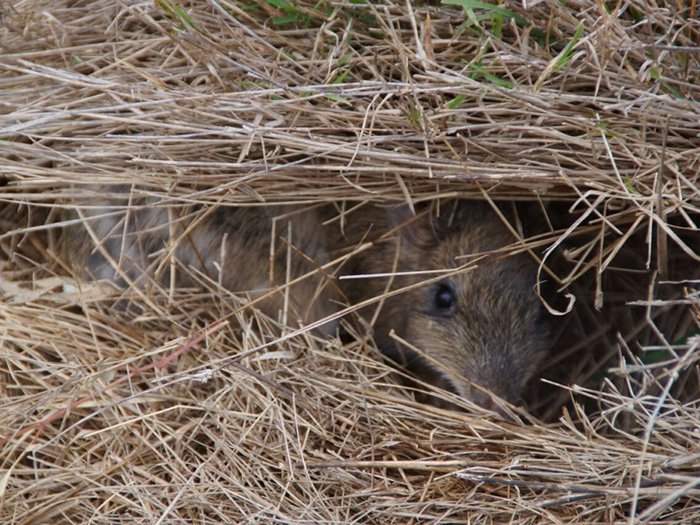
'Eastern barred bandicoots do not dig burrows; their nest is usually a shallow depression hidden in thick vegetation with a dome of softer grasses pulled over the top. Planting native tussocks in your garden provides safety and shelter for nesting bandicoots.’
'Eastern barred bandicoots do not dig burrows; their nest is usually a shallow depression hidden in thick vegetation with a dome of softer grasses pulled over the top. Planting native tussocks in your garden provides safety and shelter for nesting bandicoots.’
Creating a bandicoot paradise
Creating a bandicoot paradise
Bandicoots require an area safe from predators to sleep during the day, with open grassy feeding grounds nearby for night-time foraging.
- Create nesting sites - Plant native grasses and sedges in clumps. Good species include tussock grass (Poa), sagg (Lomandra) and flax lily (Dianella).
- Provide food - Lawns, leaf litter, branches, logs and rocks not only look great in your landscape, but they also encourage soil invertebrates such as insects and worms which are great food for hungry bandicoots.
- Keep them safe – Prickly shrubs including native currant (Coprosma quadrifida), prickly Moses (Acacia verticillata) and hakea species provide protection from dogs and cats.
- Hide them from prying eyes – Larger shrubs and trees provide overhead protection from owls and hawks. Some examples include manuka (Leptospermum scoparium), lemon bottlebrush (Callistemon pallidus) and silver banksia (Banksia marginata).
- Don’t fence them out - When planning boundary fencing, make sure bandicoots can still get in and out. Solid fences and chicken mesh restrict local wildlife from exploring your garden freely.
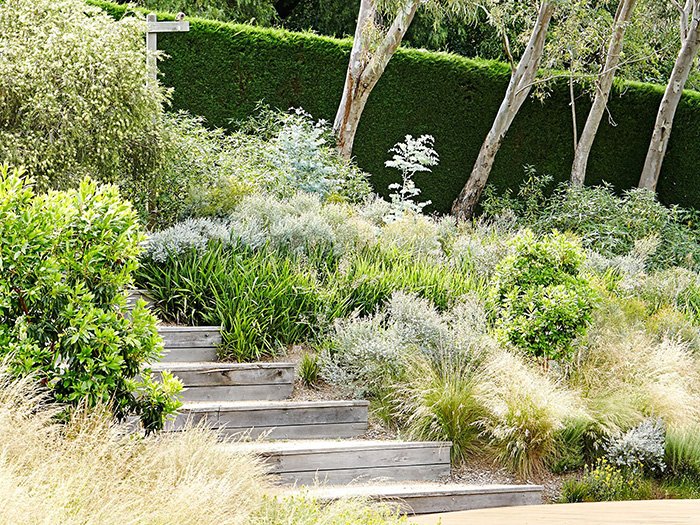
Situating your refuge where it connects with habitat such as neighbouring parks, reserves and gardens can help create pathways for bandicoots..
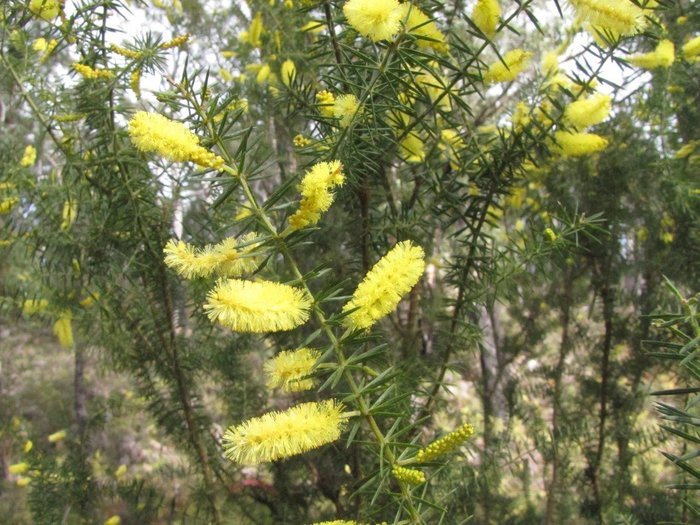
'The same prickly plantings that provide habitat for bandicoots will also create excellent nesting sites for small native birds like wrens, robins and honeyeaters. Small native blossoms attract a wider variety of birds than large, showy flowers.'
'The same prickly plantings that provide habitat for bandicoots will also create excellent nesting sites for small native birds like wrens, robins and honeyeaters. Small native blossoms attract a wider variety of birds than large, showy flowers.'
Flexible species and designs
Flexible species and designs
The five garden designs contained in Urban Refuges: Design your garden for eastern barred bandicoots are created specifically to provide the habitat elements that eastern barred bandicoots need and will also attract a range of other native species to your yard.
Each of the designs can be adapted to suit your site and needs. Using the species list and guidance in this booklet will ensure that your garden is bandicoot-friendly. For example, The Nook could be duplicated to frame two corners of your lawn. The terraced designs can be used in part if you wish to retain some lawn or a veggie garden and can be adapted for a flat site or one that slopes in the opposite direction.
Get in touch with your native plant nursery, local Natural Resource Management or Landcare group if you need further advice on plant species suitable for your conditions.
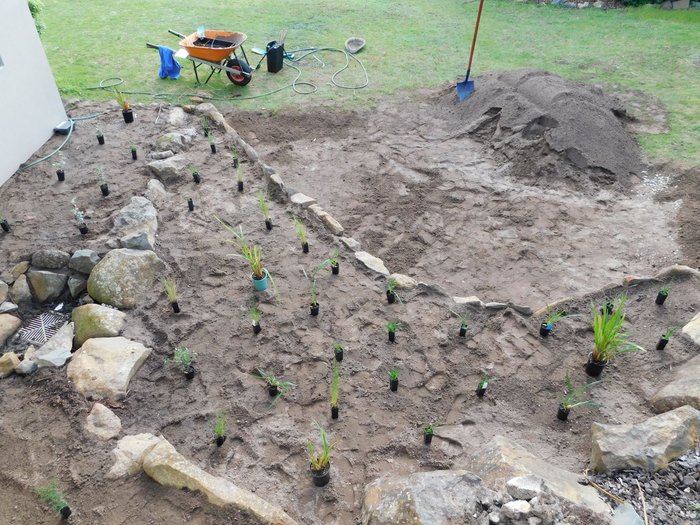
Preparation and planning is key to planting new gardens - check out the "How to plant" section in the booklet and download the Revegetation Projects resources for steps and tips.
Resources
Resources
Quick Q&A
Quick Q&A
There are numerous native plant nurseries around Tasmania that will grow the species listed in this booklet, such as:
It is recommended that you plan your garden well in advance and contact local suppliers to ensure that stock is available or ordered to ensure it is ready for planting.
The most suitable time to plant Tasmanian natives is Autumn.
'In recognition of the deep history and culture of this island, we acknowledge and pay our respects to all Tasmanian Aboriginal people; the past and present custodians of the land. We appreciate and value the connection of Tasmanian Aboriginal people to native animals such as the eastern barred bandicoot, and native plants including species featured in this booklet, many of which have cultural uses for food, fibre and medicine.'
'In recognition of the deep history and culture of this island, we acknowledge and pay our respects to all Tasmanian Aboriginal people; the past and present custodians of the land. We appreciate and value the connection of Tasmanian Aboriginal people to native animals such as the eastern barred bandicoot, and native plants including species featured in this booklet, many of which have cultural uses for food, fibre and medicine.'
NRM North
NRM North
Partners
This project was supported by NRM North, through funding from the Australian Government’s National Landcare Program, with thanks to project partners, the Tasmanian Land Conservancy, West Tamar Landcare Group Inc, and the University of Tasmania.
Partners
This project was supported by NRM North, through funding from the Australian Government’s National Landcare Program, with thanks to project partners, the Tasmanian Land Conservancy, West Tamar Landcare Group Inc, and the University of Tasmania.

